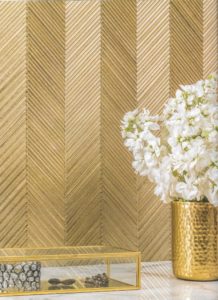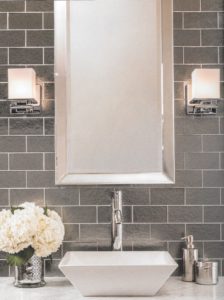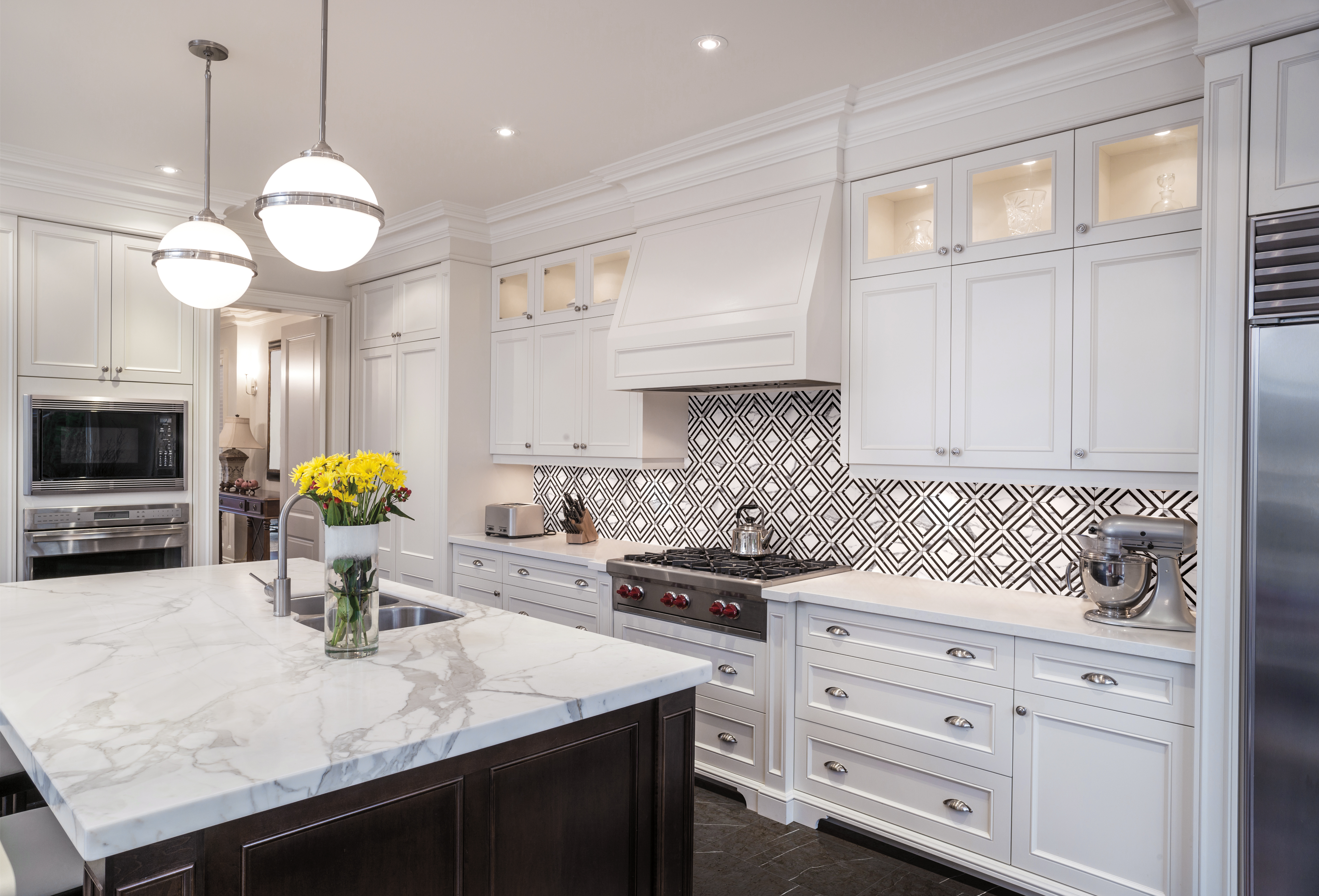Wondering how to care and maintain your tile, grout, or natural stone? Check these quick tips!
Q: Is vinegar a good cleaner for my tile or stone installation?
A: Vinegar is a mild acid. Acids do not degrease and primarily work by attacking the minerals in the grout and many stones thereby creating damage overtime. Vinegar can also compromise the sealer in the tile, stone, or grout. A neutral pH or specialty tile or stone cleaner should be used.
Q: Can I clean my tile or stone with lemon oil to bring it back to life?
A: Lemon oil or cleaners containing oil will darken and appear to rejuvenate the appearance of tile or stone. However this effect is temporary and often they leave behind residues that remain tacky and serve as a dirt and dust collector. A neutral pH or specialty tile or stone cleaner is recommended for routine cleaning. For certain tiles or stones, a color enhancing sealer can be used to darken and highlight the character.
Q: Does grout really need to be sealed?
A: All cementitious grout, unless otherwise stated in the technical data sheet, is porous and subject to staining if not properly sealed. Sealing also reduces the ongoing maintenance requirements and helps preserve the original look.
For more cleaning and maintenance questions feel free to contact TileCraft, Inc. We usually keep stock of sealers, cleaners, and enhancers that are specifically made to work with tile and stone products. All natural stone products need to be sealed to keep the integrity of the product. Poor cleaning and upkeep can ruin a beautiful tile installation!



